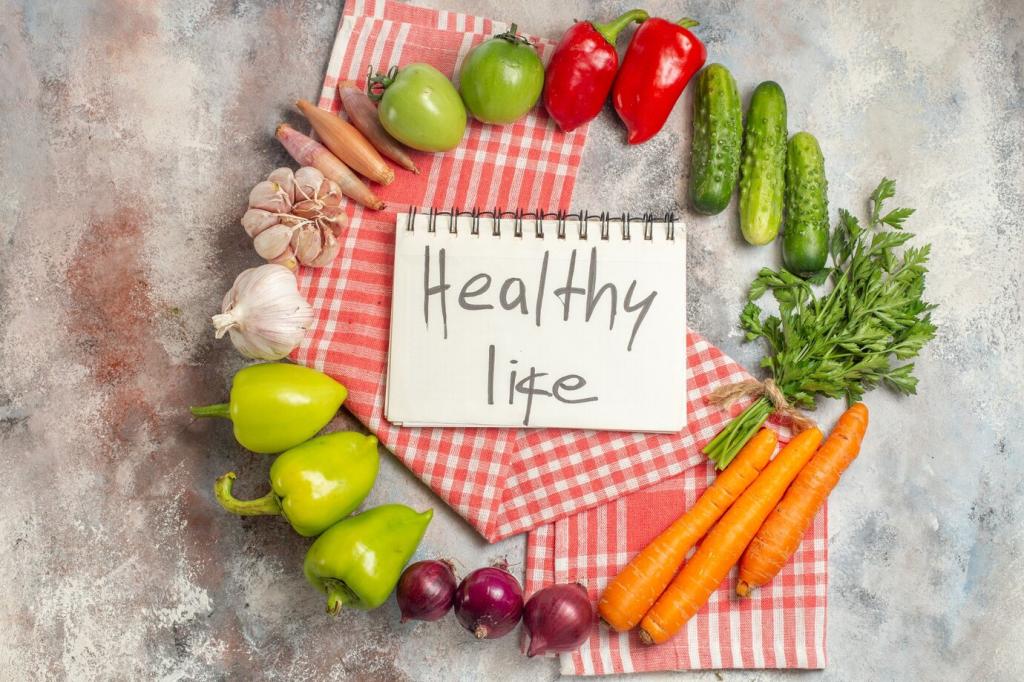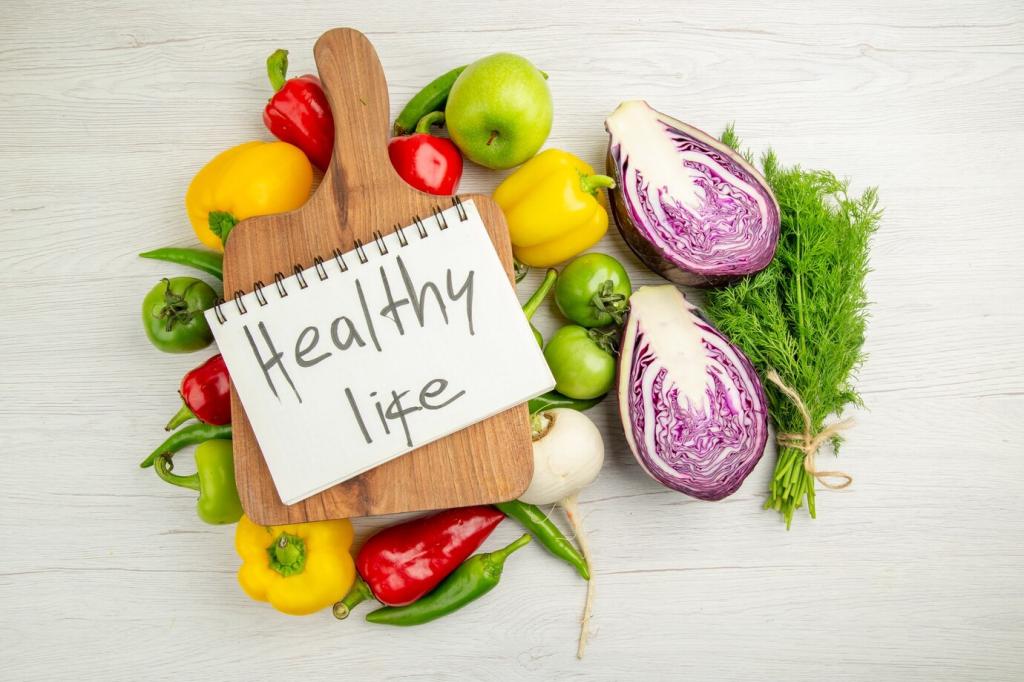The Role of Protein in an Active Lifestyle

Protein breaks down into amino acids that rebuild muscle fibers damaged during activity, support enzymes that drive performance, and maintain connective tissues that keep joints happy. Think of them as tiny mechanics, tightening every bolt after your workout, so you feel ready for tomorrow’s challenge.

Protein shapes hormones that regulate hunger and stress, forms enzymes that produce energy, and supports antibodies that keep you training instead of sidelined. If staying active is your baseline, protein is the quiet infrastructure that keeps everything humming behind the scenes, session after session.

After bonking on a hill climb, Maya added an afternoon Greek yogurt and a bean-rich dinner. Two weeks later, her soreness dropped, cadence improved on climbs, and she commented, laughing, that recovery finally felt like part of training—not a punishment. What small protein tweak could change your week?
How Much Protein Do You Really Need?
Most active people do well with 1.2 to 2.0 grams of protein per kilogram of body weight per day, leaning higher during intense phases. That’s guidance, not dogma. Track how you feel: steady energy, better recovery, and fewer cravings signal you are near your personal sweet spot.



Timing That Turbocharges Training
A light pre-workout mix of carbs with a modest protein bump can steady blood sugar and reduce post-session hunger. Try toast with peanut butter, a soy yogurt and fruit, or a small smoothie. Keep it comfortable: enough to support you, not so heavy that it slows you down.
Timing That Turbocharges Training
The post-workout window is wider than legend suggests, but it still counts. Aim for a balanced meal within a few hours: protein to repair, carbohydrates to refill glycogen, and fluids to rehydrate. A burrito with beans and chicken, or tofu rice bowls, hits all three with satisfying ease.


Quality and Sources: Animal, Plant, and Everything Between
Animal proteins and soy typically provide all essential amino acids in robust amounts. That said, varied plant diets can meet needs beautifully with smart combinations. Labels like PDCAAS or DIAAS estimate quality, but your digestion, preferences, and consistency ultimately matter more than perfect scores.
Quality and Sources: Animal, Plant, and Everything Between
Pair legumes with grains—beans and rice, hummus and pita, lentils and quinoa—to cover amino acid gaps over the day. Add soy, pea protein, or seitan for convenience. Many athletes thrive plant-forward by focusing on variety, thoughtful portions, and a little planning to ensure regular, satisfying protein hits.
Strength and hypertrophy strategies
Lifters benefit from steady pulses of protein: roughly 0.3 to 0.4 grams per kilogram per meal across three to five meals. Build meals with high-leucine sources, add colorful produce for micronutrients, and hydrate aggressively. Expect calmer soreness, steadier training volume, and a stronger push in big sets.
Endurance recovery without the slump
For runners, cyclists, and swimmers, pair protein with carbohydrates after long efforts to rebuild and refuel. A soy-chocolate smoothie, bean burrito, or salmon rice bowl hits the mark. The goal is resilience: fewer dead-leg days, a fresher aerobic engine, and training that stacks instead of stalls.
Competition week, recovery first
In heavy race or meet weeks, keep protein consistent and portable: yogurt cups, jerky or soy jerky, edamame, shakes, and egg wraps. Small, frequent doses travel well, curb nerves, and protect muscle. Share your event plan below, and we will help customize a simple, calm fueling rhythm.
Myths, Risks, and Real Talk
In healthy people, higher-protein diets have not been shown to harm kidneys, and adequate protein supports bone by aiding muscle and providing building blocks. If you have medical conditions, consult a professional. For most active folks, the bigger risk is underfueling recovery, not responsible protein intake.
Practical Plates: Protein-Packed Ideas That Stick
Try Greek yogurt parfaits with berries and granola, tofu scramble on whole-grain toast, or overnight oats blended with whey or soy. Each delivers a protein anchor plus energizing carbs, so your morning training or commute feels smooth—not like a hunger-fueled dash to lunchtime.

